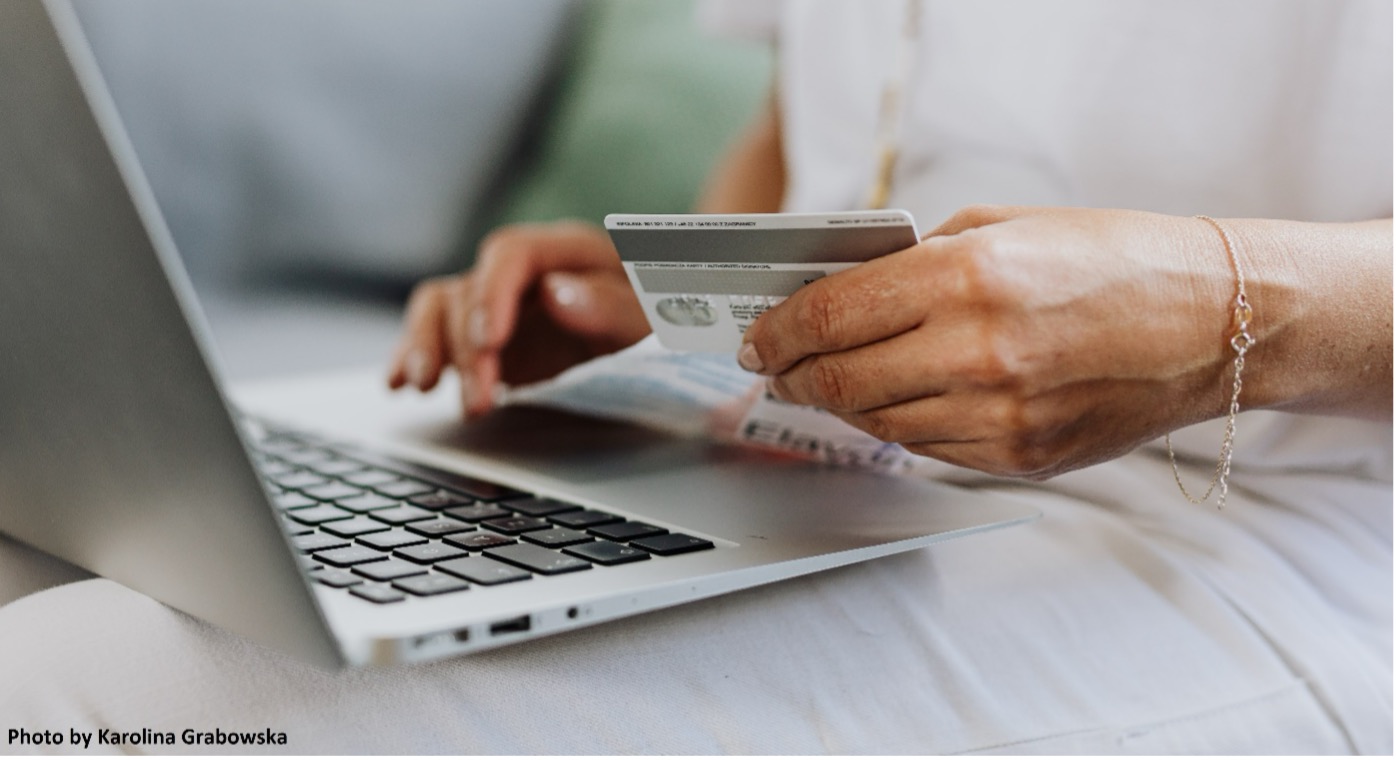-
Personal
Banking
Mortgages
-
Agribusiness
Mortgages
Loans
Farm Transition Program
-
Commercial
Banking
Mortgages
Loans
Business Services
-
Investing
Products -
Community
Community Development
Sponsorship and Donations
Financial Literacy
Volunteerism
Community Reports
Scholarships
Building Communities Grant Program
-
About
Our Roots
Our Communities
Annual Reports
Careers
Diversity and Inclusion

- Blog
- Spend Money
- The Best Card To Use
AUTHOR: BRUCE LUEBKE, COMMUNICATIONS AND CONTENT COORDINATOR
What is the most recent financial decision you made? You likely will not have to think too far back. The answer to this question is likely what form of payment to use for your most recent transaction.
It is a decision that comes into play for every item you purchase. You make this decision so many times a day that it might seem unimportant. After all, different forms of payment are just different ways to access funds, so what difference does it really make if you put your morning coffee on credit instead of debit?

It comes down to when and how you use each payment type. Fully understanding each payment type allows you to make smarter decisions and take advantage of the benefits of each payment type while avoiding any drawbacks.
A debit card is linked to your chequing account and can be used for point-of-purchase transactions and to withdraw money from an ATM. A debit card is like an instant personal cheque. When you pay for something with debit, that amount is transferred from the funds in your account instantly. Although chequing accounts sometimes have a monthly fee, it is generally very affordable.
A drawback debit cards have is if a transaction takes your available balance below $0, your financial institution will usually allow the transaction to go through, but they will charge you an overdraft fee. Keeping track of your chequing account balance is the best way to avoid overdrawing your account. Most financial institutions also offer some type of overdraft protection, where your chequing account is tied to your savings account or to a line of credit you have applied for. You may still pay a small fee, but it is less than your typical overdraft or insufficient funds fee.

A credit card gives you access to a line of credit and can be used to make in-store and online purchases. A credit card is kind of like a convenient personal loan. Every time you use it, you are borrowing money—the card issuer or financial institution covers your purchase, and then you are responsible for paying them back later. If you are not able to pay off your balance in full, you pay interest on your outstanding balance.
A credit card can be hard to manage if you have a habit of spending money irresponsibly. Carrying a balance, spending more than you can afford, making late payments, and taking out cash advances are all damaging behaviours. These behaviours can ruin your credit score, making it difficult to secure future loans, mortgages and even jobs. When used irresponsibly, credit cards are an easy way to accumulate debt.
A prepaid debit card is not linked to a line of credit or a chequing account. A prepaid debit card is kind of like cash but in card form. It can be used to make purchases practically anywhere a credit card is accepted—but that is where the similarities end. A prepaid debit card can only access funds that you have loaded on to it, and there are often fees associated with reloading and using the card.
A prepaid debit card can offer convenience in certain situations. For example, it can be handy for travel, because if it is lost or stolen, the card cannot be used to gain access to your account or your line of credit.
No matter what combination of payment types you use, it is worth your time to understand the ins and outs of each. Take some time to learn about the unique features of each of your banking products to minimize any possible drawbacks while maximizing the potential benefits.

